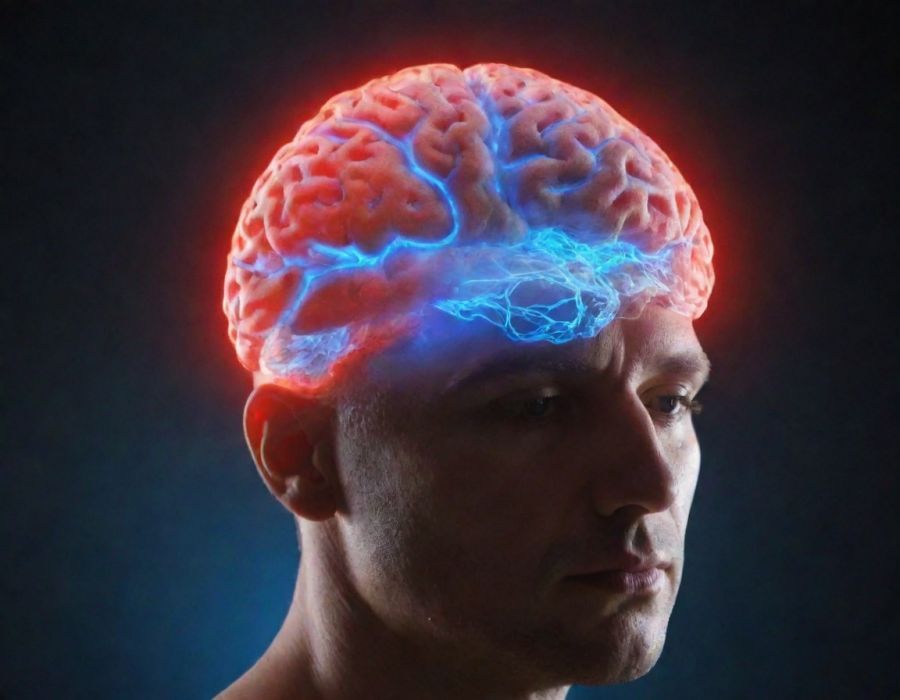Disclaimer: The information on this website is not a substitute for medical or psychological treatment. The content is based on personal practice and emotional work methods, not medical advice. If you are experiencing serious physical or mental health issues, please seek professional help from a qualified doctor or therapist. Emotional work is individual and results may vary.
Maybe you know the feeling: you keep repeating the same reactions, even though you know they don’t serve you anymore. Relationships that circle around the same patterns. Fears that come without warning. And yet… something begins to shift. Slowly, but steadily.
What happens inside the brain when healing begins?
The brain is not stone. It is soft matter ready to change
Thanks to science, we now know that the brain is a constantly changing system.
This ability is called neuroplasticity – the brain’s capacity to create new connections and dissolve old ones. Which means:
- we can rewrite learned emotional responses,
- we can change the way we remember the past,
- we can create new reactions to old triggers.
But how does this actually work in practice?
Memory is not fixed. It is a living process
When we recall something from the past – a mistake, an argument, or a painful experience – our brain reactivates the original neural network. But here’s the key:
In that moment, the memory becomes temporarily unstable – like a file you open on your computer that can now be edited.
This process is called memory reconsolidation. During this window of instability, if you:
- add new information (for example: “I am no longer a child, I have choices now”),
- release tension from the body (for example through FasterEFT tapping),
- shift the emotional charge…
…the brain will rewrite the memory in its new form. A new emotional pattern is born.
You no longer react from old pain, but from a conscious, empowered choice.
The limbic system: the guardian of emotions and reactions
Key areas of the brain play a role in emotions and reactions:
- amygdala – detects threats and triggers fear or fight/flight,
- hippocampus – connects memories with emotions,
- prefrontal cortex – helps regulate emotions consciously.
When we use techniques aimed at emotional change (such as FasterEFT / Eutaptics, NLP), these areas are activated.
The brain then has the chance to interrupt the old automatic program and choose a new response.
The body remembers what the brain could not process
Emotions are not “just in the head.” When we experience strong emotions, the body reacts with:
- muscle tension,
- changes in breathing,
- tightness in the chest,
- stomach pain, and more.
Every unprocessed experience leaves an imprint in the nervous system.
This is why techniques that combine mind and body work are often the most powerful. FasterEFT, for example, uses touch (tapping on acupressure points), breath, and conscious reframing of perception.
Healing is a change in the nervous system
Emotional healing is not magic. It is:
- an update of the brain,
- a release of stored energy from the body,
- the creation of new neural maps.
And this is not just theory – it has been confirmed in research by Dr. Bruce Eichel, Dr. Candace Pert, and in studies on memory reconsolidation (Nader, Schiller, Alberini, and others).
Good feelings = new patterns
When after a “session” or technique you feel lighter, calmer, or freer, you can be sure that your neural network has changed.
And with that, your entire life begins to change – one memory at a time.
